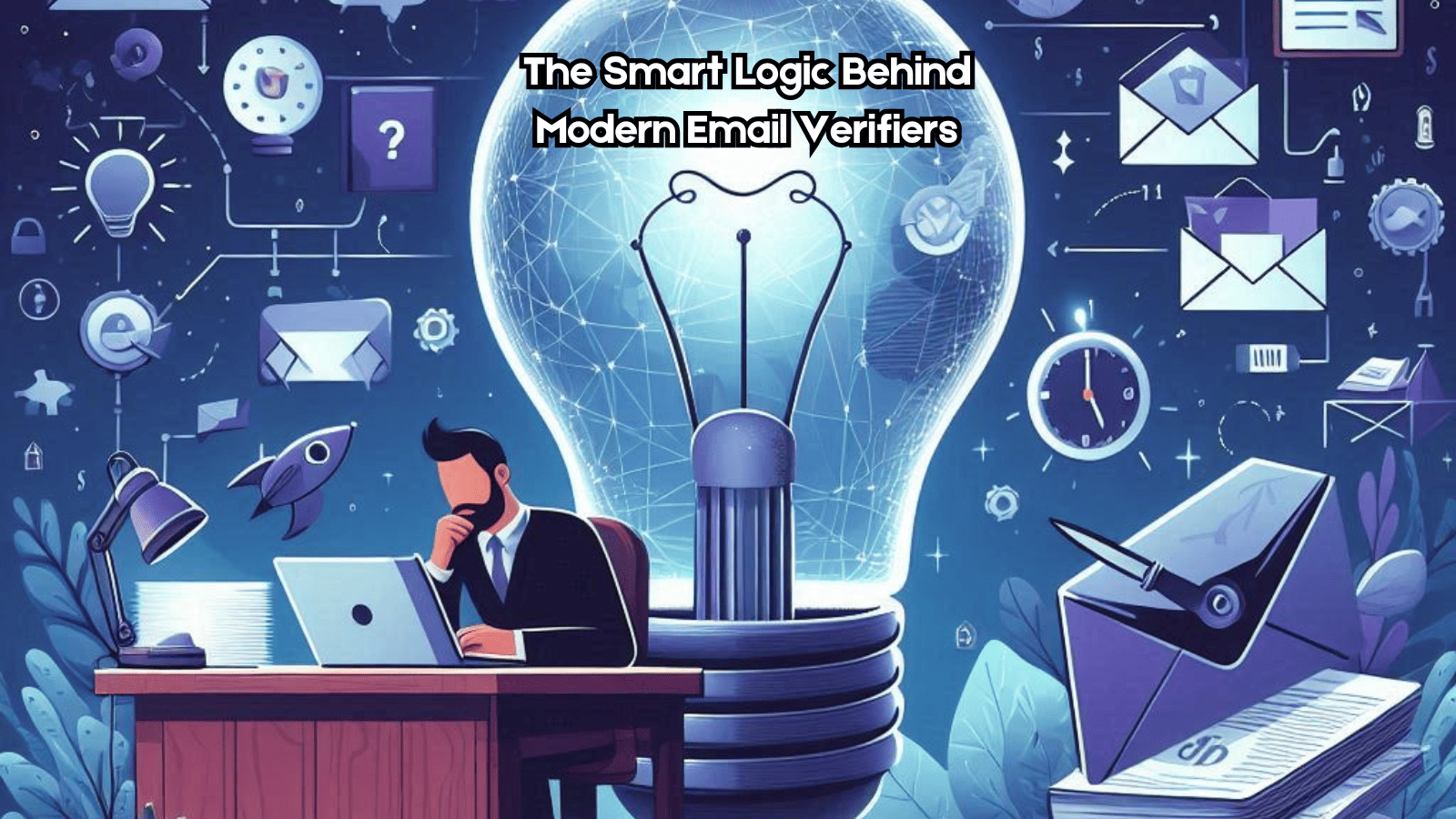
Introduction
Email verifiers are the unsung heroes of modern email marketing. They use advanced algorithms to filter out invalid, fake, or temporary email addresses, preventing them from ever reaching your mailing list. But these tools are more than just data-cleaning utilities—they are crucial for optimizing email deliverability and ensuring your campaigns make an impact. By understanding the sophisticated logic behind email verification, businesses can elevate their marketing efforts and achieve better ROI.
How Email Verifiers Work
1. Syntax & Formatting Check
Every email address needs to follow a specific structure—username@domain.com. The first step in verification is to ensure the email format complies with this syntax, eliminating typos and errors like missing @ symbols or invalid domain names.
Example:
Incorrect:
username.domain.com(missing@)Corrected:
username@domain.com
This step might seem basic, but it’s essential. Even minor errors can lead to undelivered emails and wasted effort.
2. Domain & MX Record Validation
An email address is useless if its domain doesn’t exist or can’t receive emails. Verifiers cross-check the domain against DNS records and ensure it has active mail exchange (MX) records. These records confirm that the domain can route emails properly.
Example:
An email address like user@invaliddomain.com would fail this step if the domain doesn’t exist. Similarly, if the domain exists but lacks an MX record, the verifier flags it as undeliverable.
3. Role-Based & Disposable Email Detection
Role-based addresses like info@domain.com or support@domain.com don’t belong to individual users and may not drive meaningful engagement. Additionally, disposable email services (e.g., temp-mail.org) generate temporary addresses that often expire within hours.
Verifiers identify and flag:
Generic role-based emails, which might result in low engagement.
Disposable emails, which could indicate fraudulent activity or temporary use.
This ensures your marketing list includes only authentic and valuable addresses.
4. SMTP Authentication & Mailbox Existence Check
The final and most advanced step involves communicating with the recipient's mail server using Simple Mail Transfer Protocol (SMTP). This process sends a query to check whether the mailbox exists and is capable of receiving emails—without actually sending a message.
Key Advantage: This step prevents sending emails to addresses that look valid but don’t actually exist, reducing hard bounces and maintaining a clean sender reputation.
Benefits of Using an Email Verifier
1. Reduces Hard Bounces
Invalid emails are the primary cause of hard bounces, which can severely damage your sender reputation. Verifiers remove these addresses from your list before you hit “send,” ensuring cleaner campaigns.
2. Improves Email Deliverability
By maintaining a verified list, you signal to email service providers (ESPs) like Gmail or Outlook that your emails are trustworthy. This increases the likelihood of your messages landing in inboxes rather than spam folders.
3. Protects Sender Reputation
ESPs assign a sender score based on your email behavior. High bounce rates and spam flags lower your score, making it harder for legitimate emails to get delivered. Verifiers keep your score healthy.
4. Enhances Customer Engagement
Reaching real, active users is the cornerstone of successful email campaigns. A verified list ensures your messages are received by genuine users who are more likely to engage, click, and convert.
Conclusion
Modern email verification is a blend of smart algorithms and practical insights. It goes far beyond simply filtering out invalid addresses, offering businesses a powerful tool to refine their email marketing strategy. By understanding the logic behind these tools, you can maximize engagement, maintain a spotless reputation, and boost your marketing ROI. Don’t settle for guessing—let email verification transform the way you connect with your audience.

Comments